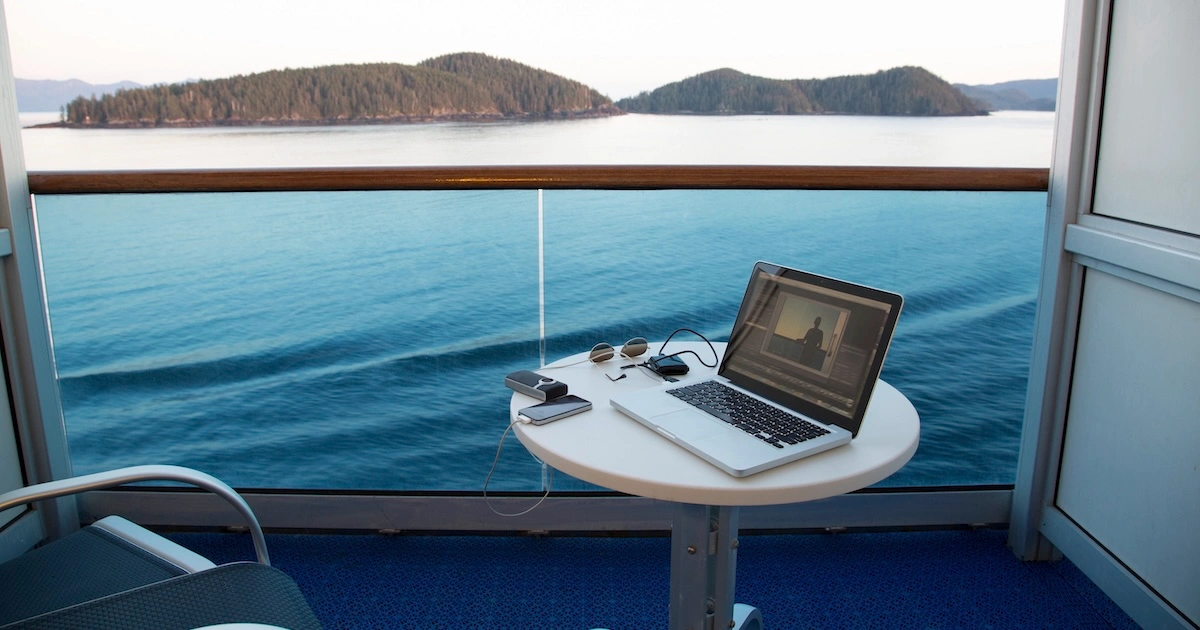Cruises are often advertised as all-inclusive vacations, but hidden costs can sneak up on unsuspecting travelers. If you’re not careful, your budget-friendly getaway can quickly turn into an expensive surprise. Here’s what to watch for and how to cruise smartly without breaking the bank.
1. Gratuities & Service Charges

Most cruise lines automatically add gratuities to your onboard account. These service charges typically range from $14 to $20 per person per day. Additional tips may also be expected for bartenders, spa services, and specialty dining.
How to Save: Some cruise lines allow you to prepay gratuities, helping you budget ahead of time. You can also adjust or remove them at the guest services desk, but remember that crew members rely on tips as part of their wages.
2. Beverage Packages vs. Pay-As-You-Go Drinks

Alcohol, soft drinks, and specialty coffees are usually not included in your cruise fare. Beverage packages can be costly, sometimes exceeding $80 per day, per person.
How to Save: Consider whether you’ll actually drink enough to justify a package. Some cruises allow you to bring a limited amount of wine or soda onboard. Also, look out for happy hour specials or loyalty program discounts.
3. WiFi Charges & Workarounds

Internet access at sea isn’t free, and cruise WiFi packages can be pricey—often charging $15-$30 per day for basic access. Streaming or high-speed plans can cost even more.
How to Save: Some ports have free WiFi hotspots, so you can check messages while onshore. Also, some cruise lines offer loyalty perks or promotions that include complimentary WiFi.
4. Excursion Markups & Alternative Options

Booking shore excursions directly through the cruise line is convenient, but they often come with hefty markups. The same tours may be available at a lower cost through independent operators.
How to Save: Research local tour providers or use apps like Viator and GetYourGuide to find lower-cost excursions. In many ports, you can also explore on your own or use public transportation for a fraction of the cost.
5. Laundry Fees

Most cruises charge for laundry services, and costs can add up quickly. A single load of washing and drying may cost $5-$10, and dry cleaning is even more expensive.
How to Save: Pack enough clothes to last the entire trip, bring a small bottle of travel detergent for hand-washing, or check if your ship has self-service laundry rooms, which are usually cheaper than full-service options.
6. Souvenirs & Onboard Shopping

Cruise ships have enticing gift shops, but prices are often higher than what you’d find in port or online. Limited-time sales can create a sense of urgency, making it easy to overspend.
How to Save: Compare prices onshore before buying onboard. If you love a keepsake, wait until the last day when many shops offer discounts.
7. Specialty Dining Fees

While main dining rooms and buffets are included in your fare, specialty restaurants often come with extra fees. These range from $10 to over $100 per person, depending on the restaurant and menu.
How to Save: Stick to included dining options or look for package deals that bundle specialty dining at a lower price. Some cruise lines also offer discounts for dining at off-peak hours.
Final Thoughts
Understanding these hidden costs can help you better plan your cruise budget and avoid post-vacation sticker shock. A little research and planning go a long way in ensuring you enjoy your cruise without unexpected expenses. Happy sailing!


















